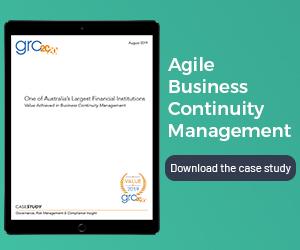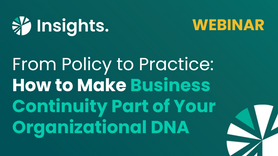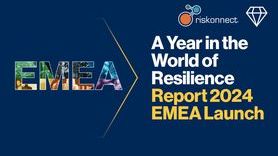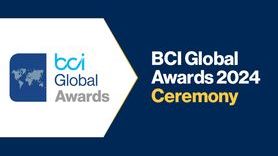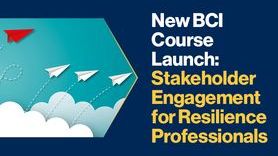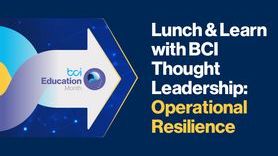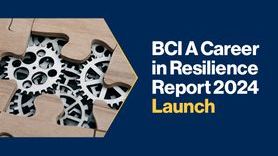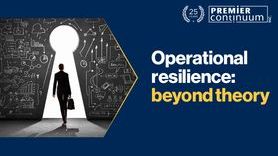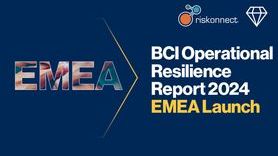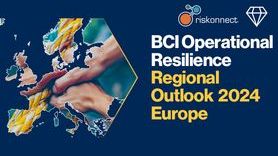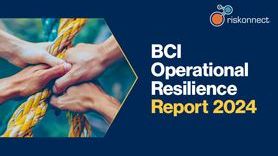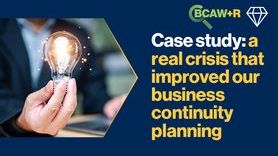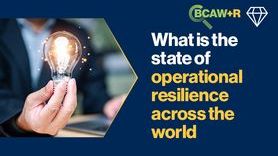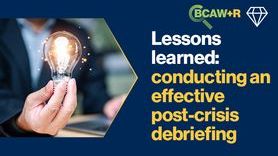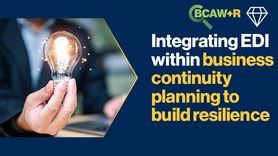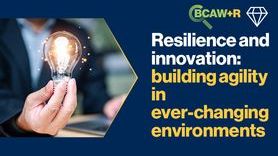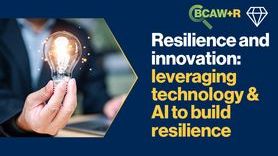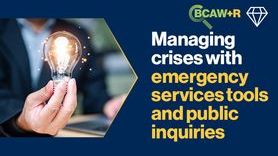BCI Resilience Framework 1.0 – Risk approach, collaboration, and a strategic mindset in achieving organizational resilience
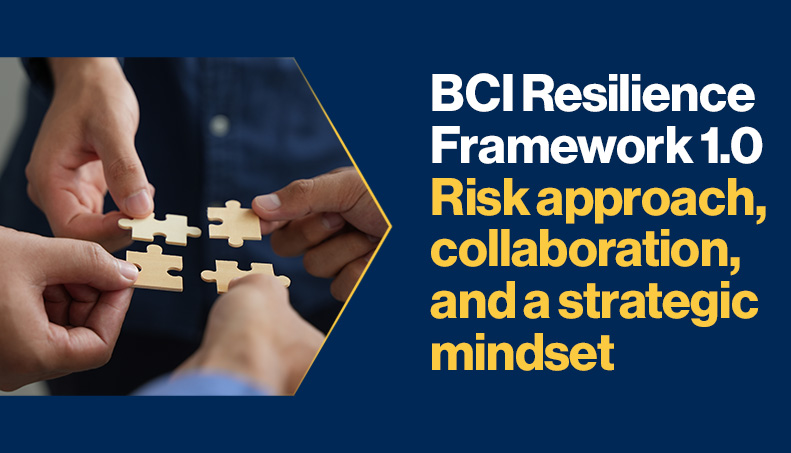
This month, we are publishing a series of articles showcasing the upcoming BCI Resilience Framework 1.0, which will be launched at BCI World Hybrid on 29 October. This is the third article in the series, focusing on Core Principles Four through Six of the Framework. To review the first three Core Principles, you can refer to the previous article here.
What is the Resilience Framework and who is it for?
The new BCI Resilience Framework 1.0 offers a strategic structure and framework cycle that organizations can use to enhance their resilience. It’s aimed at top leadership and practitioners that need to influence leadership, across all sectors and global regions. As such, the core principles are guiding fundamental concepts that any size of organization can use to strengthen their resilience management and development. Today we are examining Core Principles Four to Six.
Core Principle Four: Take a risk-based approach
The fourth Core Principle outlines the need for a risk-based approach to resilience. Organizations need to understand what they need to be resilient against; and that requires an understanding of the risk environment. This will drive the priorities, the strategies, and the resilience decision-making. However, this core principle also establishes that as well as risk-based approaches, impact-based planning and crisis management are vital components of strong resilience programmes that fully understand and manage the impacts of disruption.
Core Principle Five: Resilience is coherent and collaborative
Ensuring that resilience programmes are coherent and collaborative is the basis for Core Principle Five. Clearly defined strategies that are specific to an organization and work in tandem with all its internal departments and external stakeholders, are vital in tailoring resilience to its unique environment. Coherent resilience means creating a logical structure of goals, strategies, policies, and actions that stretch across an organization, with well-co-ordinated resource management that breaks down silos and enables joined up working to avoid duplication.
In order to work coherently, collaboration within an organization is essential. In a resilience setting, collaboration includes agreeing shared goals and objectives, engaging a diversity of skills and perspectives, and open, transparent, and effective communication. Collaboration also extends to outside the organization and should include partnerships with external stakeholders such as customers, regulators, and supply chains to ensure a fully integrated resilience programme.
Core Principle Six: Incorporate a defined set of strategies and related operational solutions
Core Principle Six demonstrates that organizations should build defined resilience strategies and related operational solutions to create a strategic roadmap that guides allocation of resources and decision making.
To achieve this, an organization should have an overall resilience strategy that’s underpinned by defined function area and business service strategies. Actionable areas for inclusion include anchoring strategies into the organization's vision, implementing initiatives and projects that achieve set goals and objectives, and outlining specific, measurable goals, and objectives within defined timeframes to benchmark success.
These three aforementioned universal principles integrate with the document’s other five Core Principles to support effective resilience initiatives and build solid resilience programmes. Core Principle Four ensures an organization is aware of and understands its risks in order to build robust resilience programmes, Core Principle Five ensures that organizations work coherently and cohesively, breaking down silos and creating tailored resilience strategies, and Core Principle Six focuses on building defined strategies with measurable goals to benchmark success.
The fourth and final article of this series will examine Core Principles Seven and Eight and gives an overview of Part Two which demonstrates how organizations can effectively use the Core Principles in a structured way to develop or improve a resilience programme.
The full document will be launched just before BCI World Hybrid 2024 during a networking drinks reception, hosted by the BCI, on 29 October at the Leonardo Royal London Hotel Tower Bridge.
Follow the link below to obtain your copy of the Resilience Framework.


